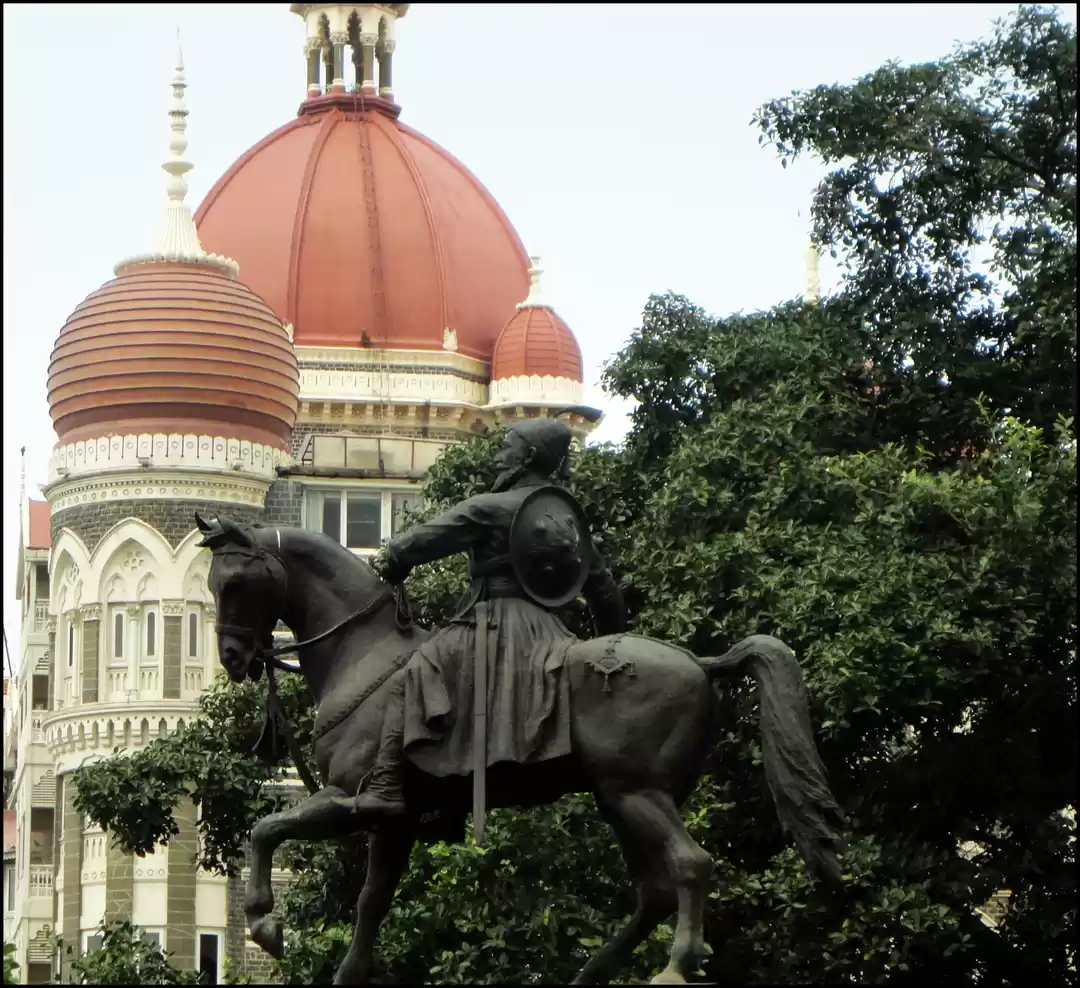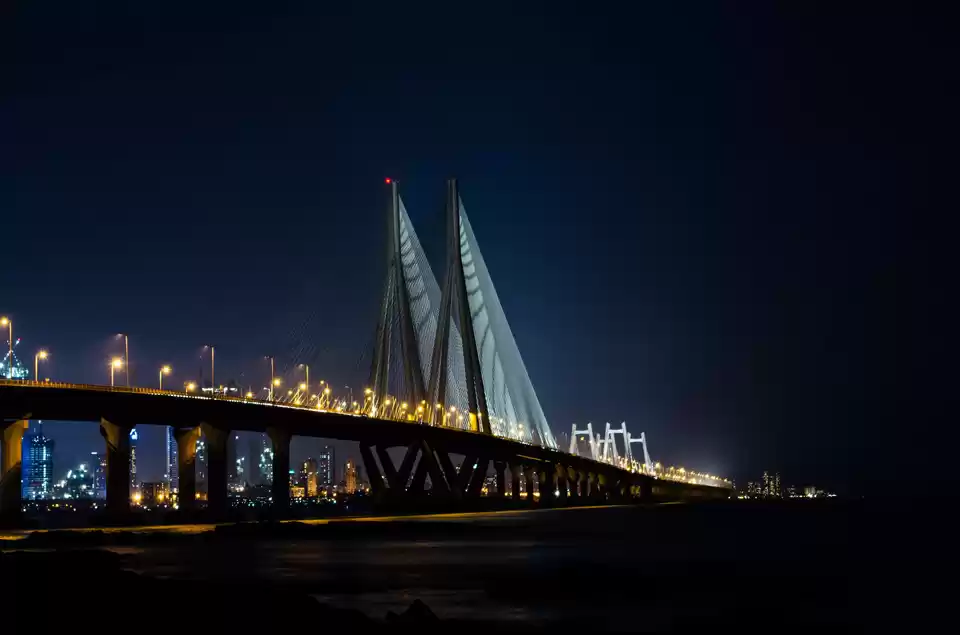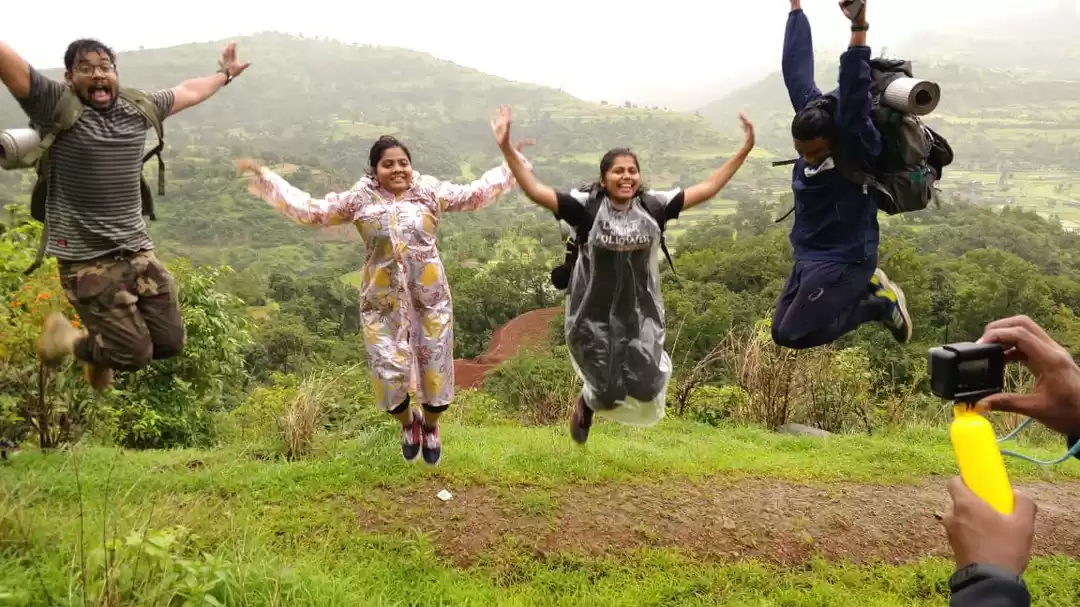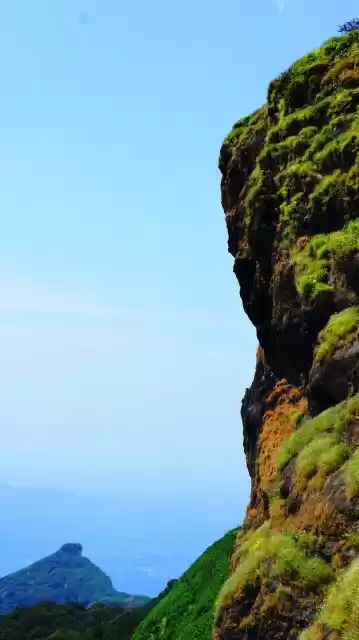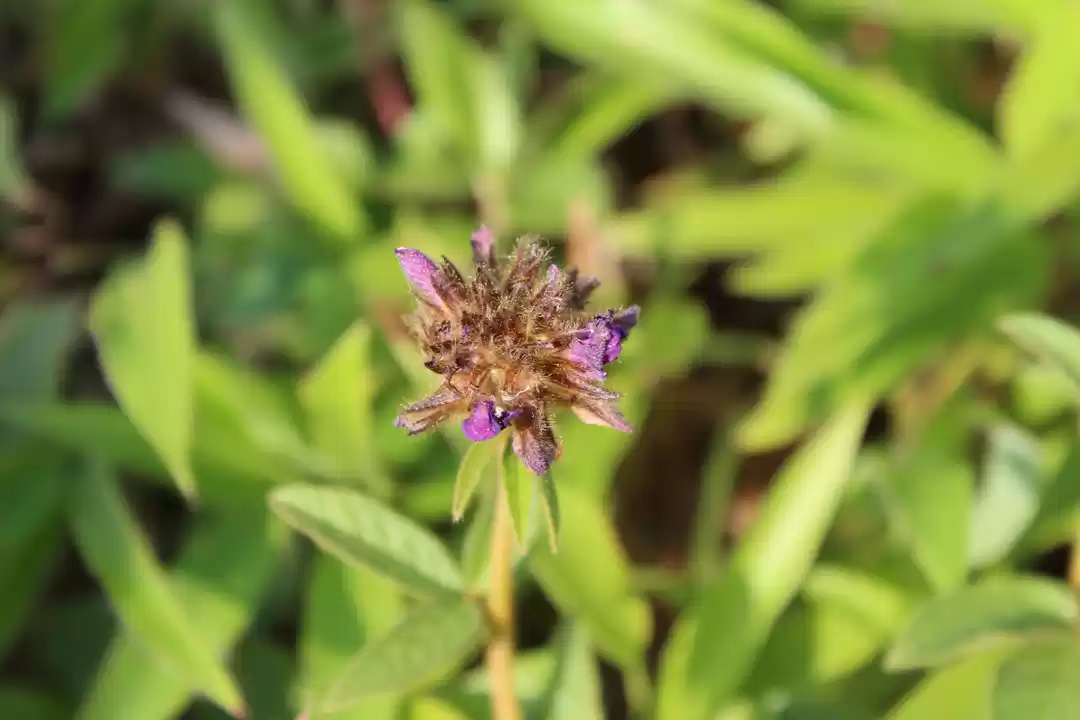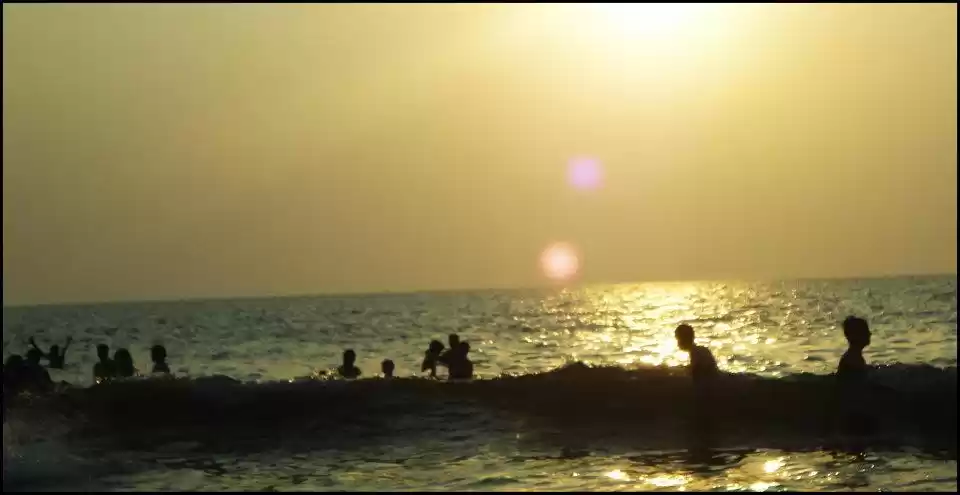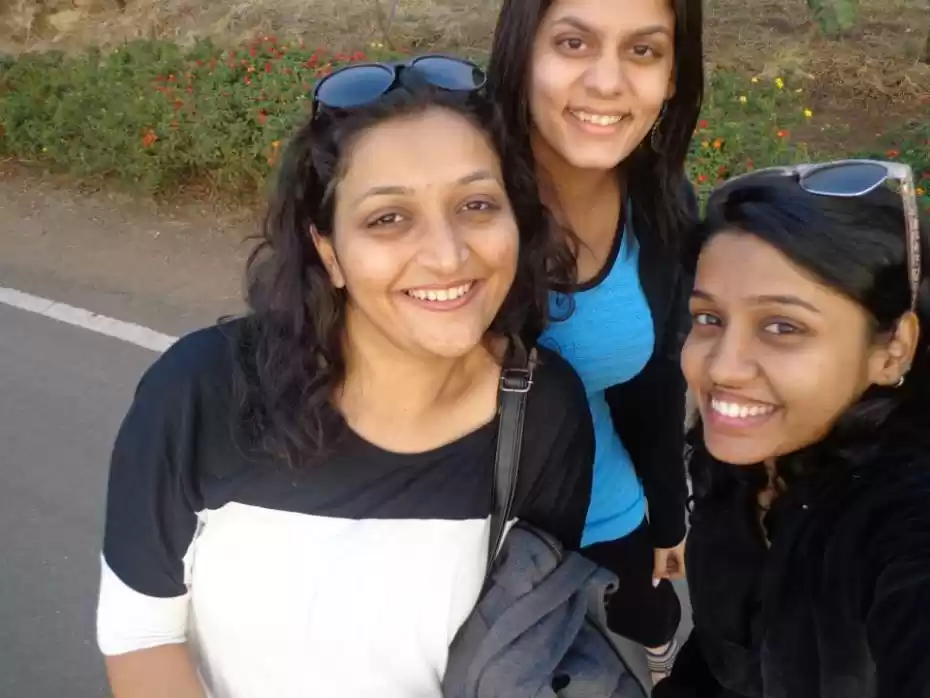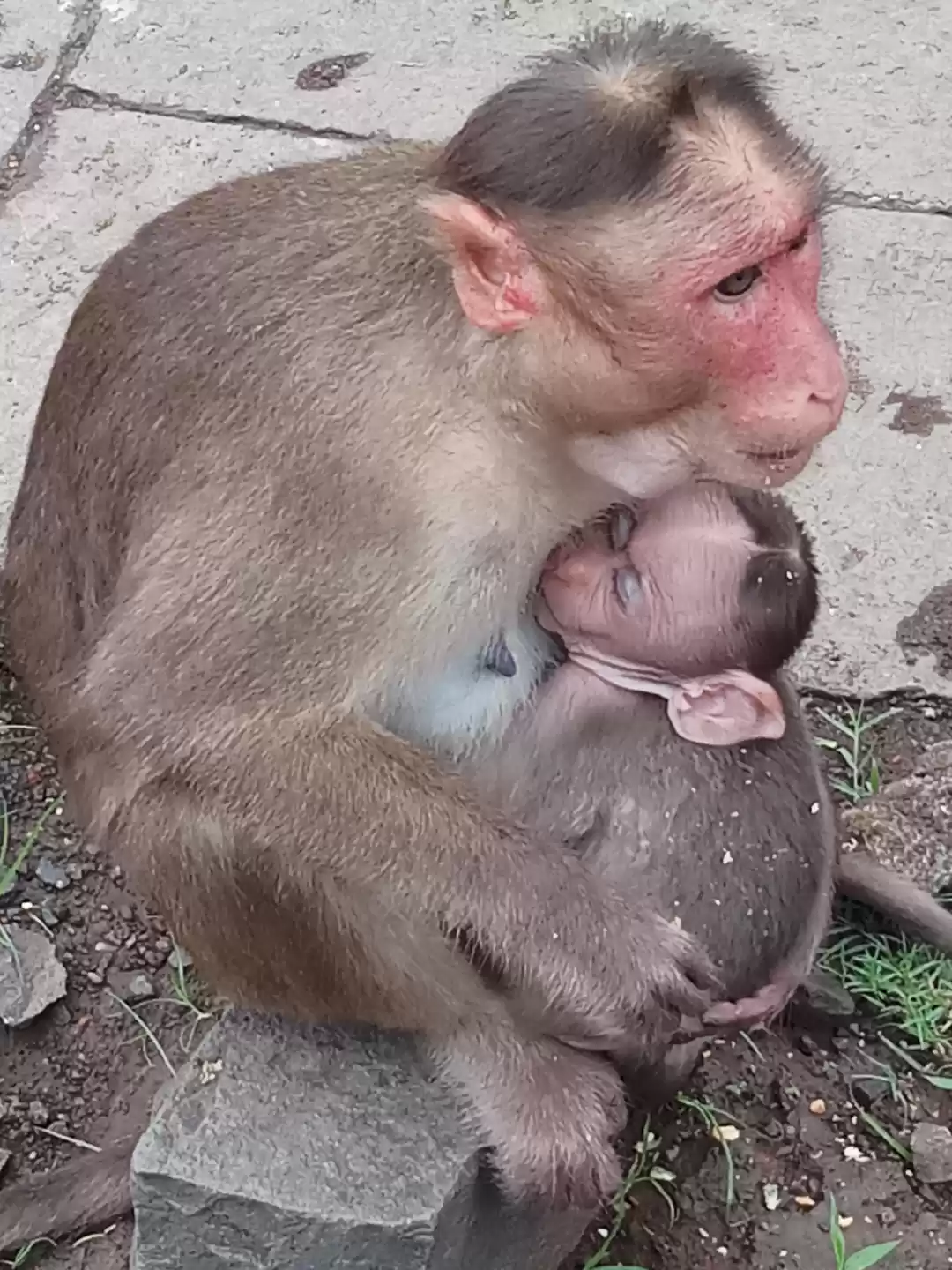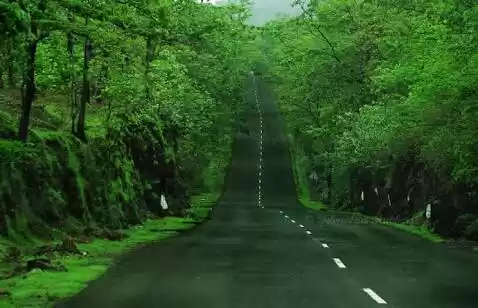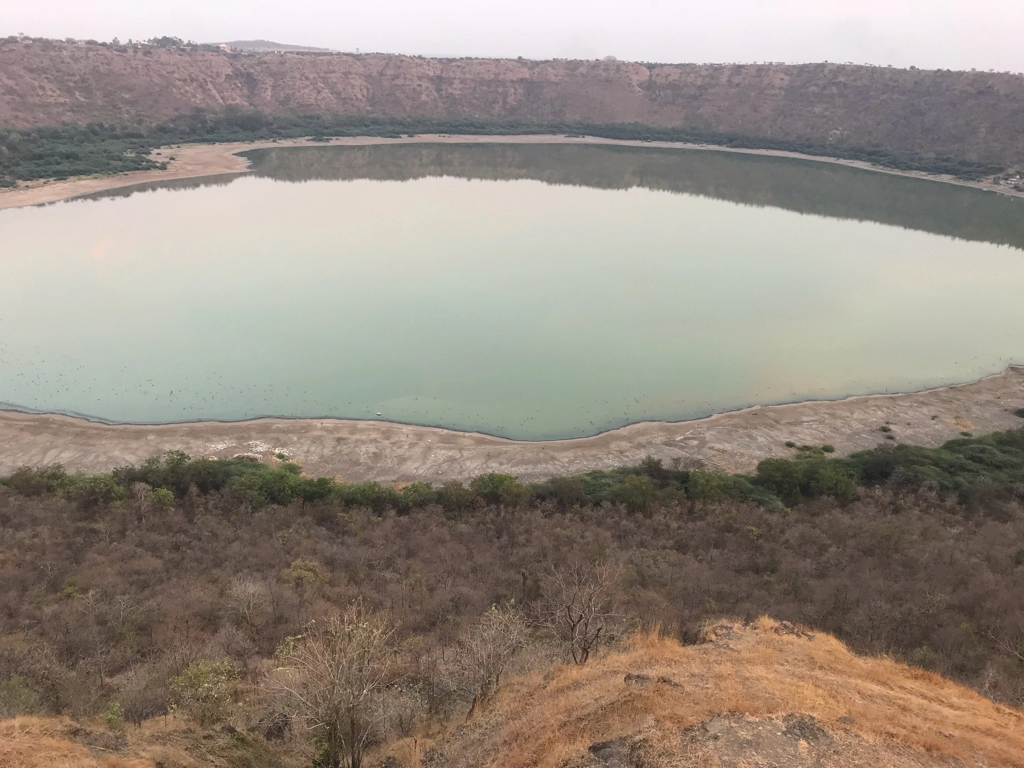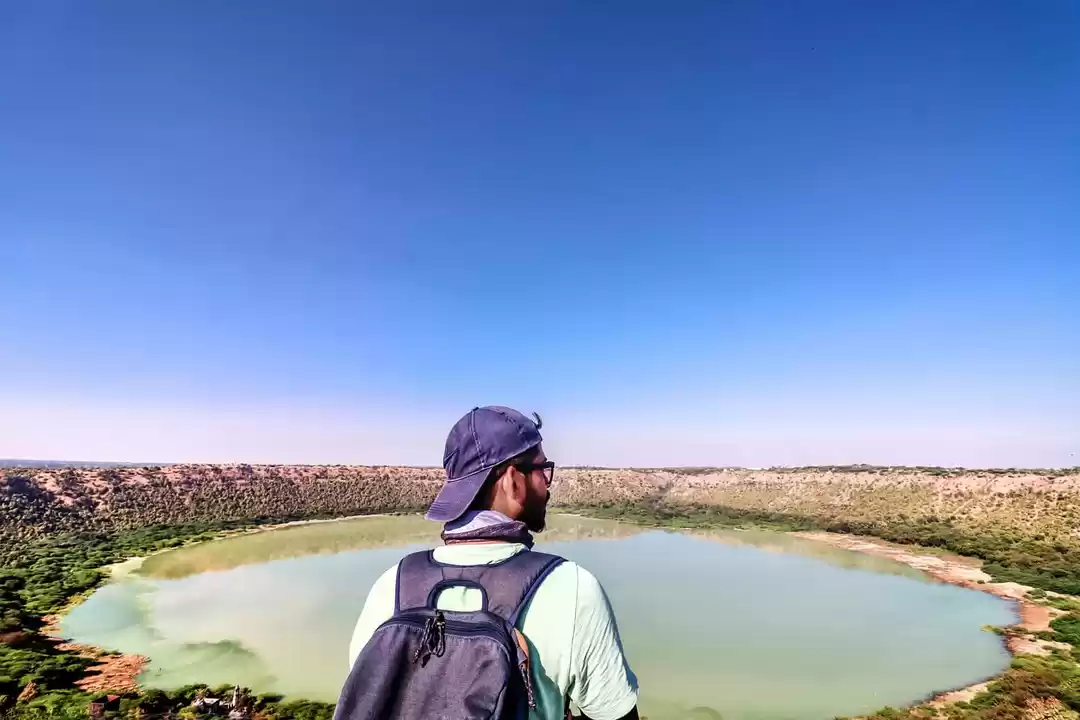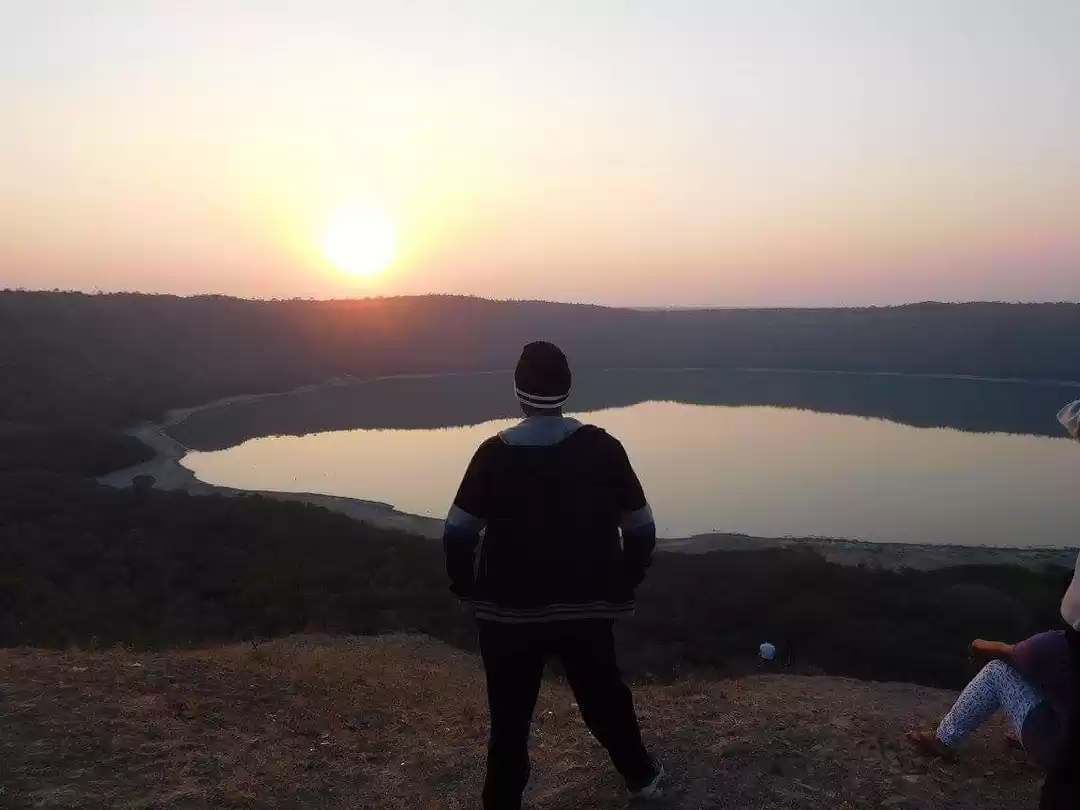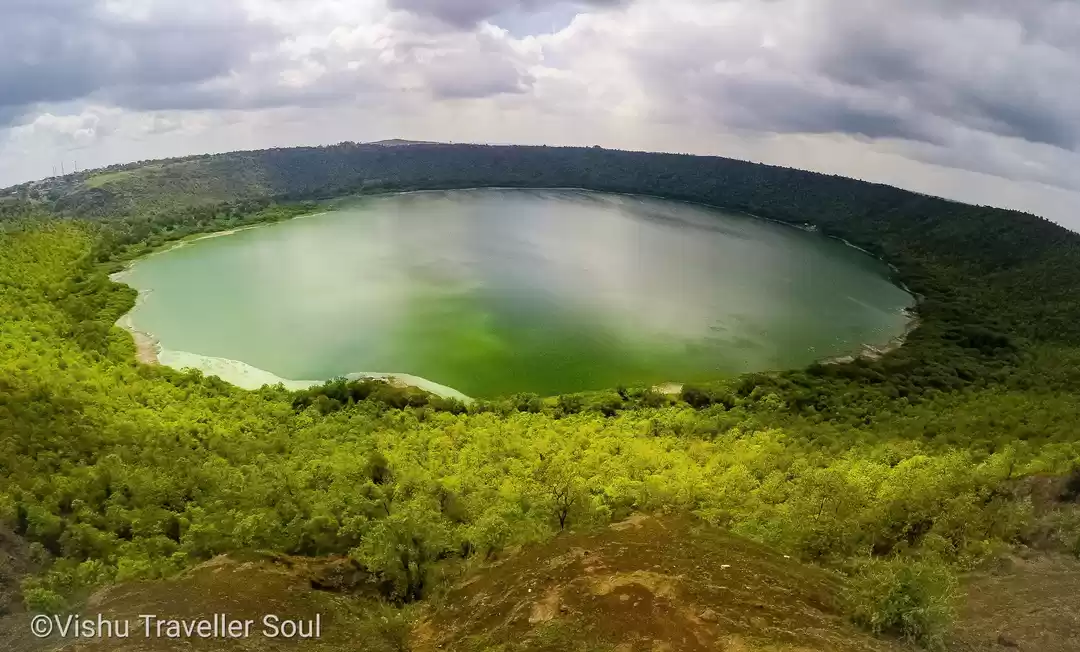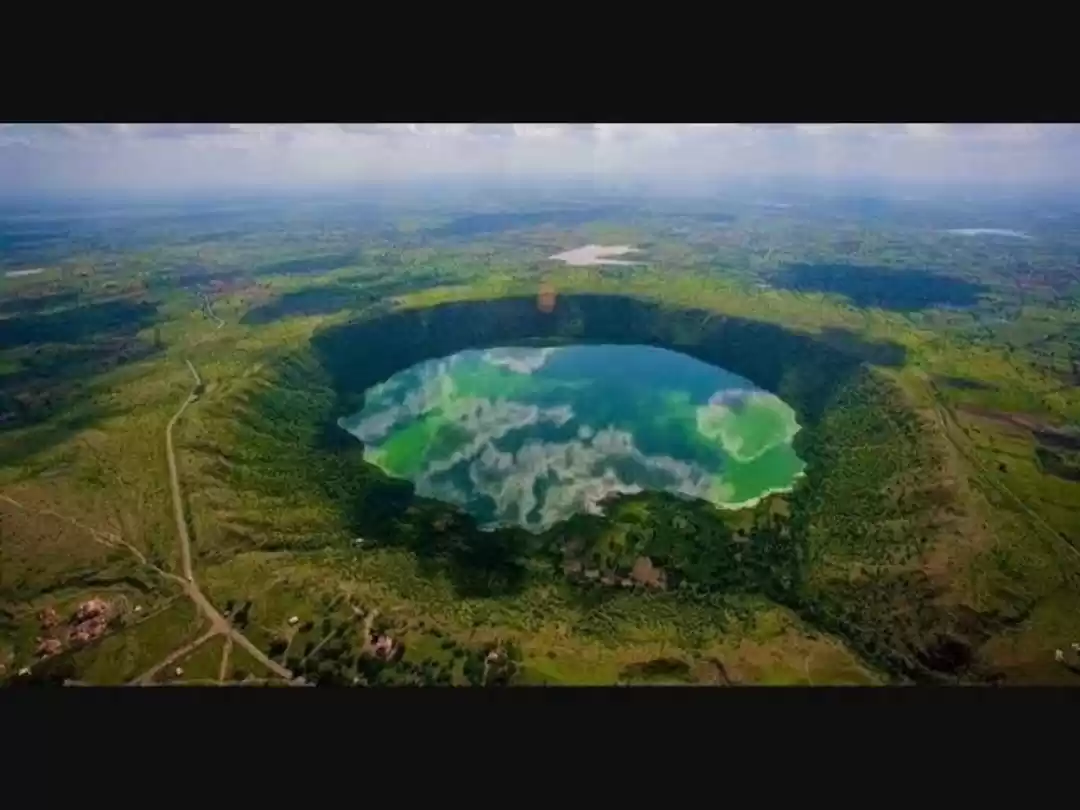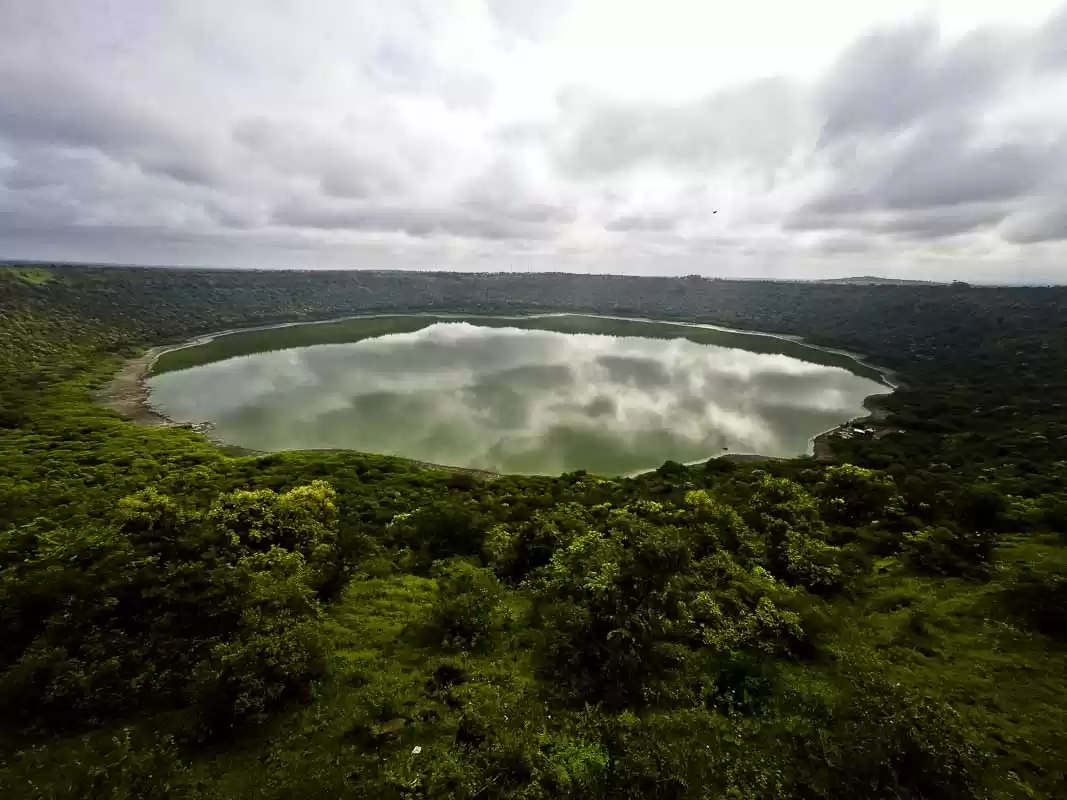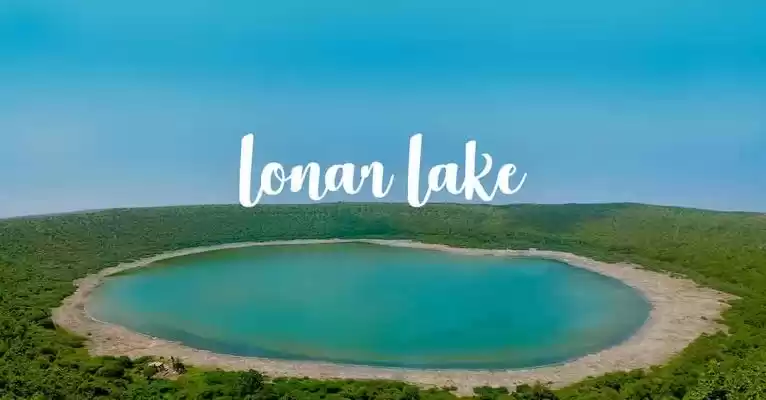Lonar Crater Lake is one of the most fascinating and stunning destinations in India. It is the only known impact crater lake in basaltic rock in the world. It was formed by a meteorite impact around 50,000 years ago. Lonar Crater Lake is a popular tourist destination for nature lovers, adventure seekers, history buffs, etc. There are many things to do and see at Lonar Crater Lake, such as trekking around the lake, boating on the lake, visiting the temples, witnessing the sunrise and sunset over the lake, exploring the nearby villages and markets, etc. You can also enjoy the scenic beauty and tranquillity of the place, as well as learn about its geology, ecology, culture, and history.
In this article, we will tell you everything you need to know about Lonar Crater Lake, including its history and formation, its biodiversity and cultural significance, it's things to do and see, and how to plan your trip there. We will also provide you with some tips and recommendations to make your visit more enjoyable and memorable.
History and Formation of Lonar Crater Lake
Lonar Crater Lake is one of the natural wonders of India and the world. It is the only known impact crater lake in basaltic rock in the world. It was formed by a meteorite impact around 50,000 years ago.
According to scientists, the meteorite that hit Lonar was about 60 m in diameter and weighed about 2 million tonnes. It was travelling at a speed of about 90,000 km/h when it collided with the earth’s surface. The impact created a huge crater that was about 2 km in diameter and 400 m deep. The crater was initially filled with molten rock and debris from the impact. Over time, rainwater collected in the crater and formed a lake. The lake water interacted with the basaltic rock and became alkaline and saline.
The formation of Lonar Crater Lake is a rare and remarkable event in the history of the earth. It is one of the few places where you can witness the evidence of a cosmic collision. It is also one of the few places where you can study the geology and chemistry of an impact crater lake.
Some unique features of Lonar Lake
It has a circular shape that is almost perfectly symmetrical.
It has two distinct regions: an inner circular region that is alkaline and saline; and an outer circular region that is freshwater.
It has two islands in the middle of the lake: Kamalja Devi Island (also known as Sita Nahani) which has a temple dedicated to Goddess Kamalja Devi; and Dhara Devi Island which has a temple dedicated to Goddess Dhara Devi.
It has several springs around the lake that supply water to the lake.
It has several vents around the lake that release gases such as methane, carbon dioxide, hydrogen sulphide, etc.
Biodiversity and Cultural Significance of Lonar Crater Lake
Lonar Crater Lake is not only a geological marvel, but also a biological and cultural treasure. It supports a rich and diverse flora and fauna, as well as a sacred and historical site for various religions and cultures.
Lonar Crater Lake has a unique water quality that is both alkaline and saline, with a pH ranging from 10 to 12. This water quality creates a special ecosystem that hosts a variety of life forms.
Species found in and around Lonar Crater Lake are:
Algae: Lonar Crater Lake has several types of algae that grow in its water, such as cyanobacteria, diatoms, green algae, etc. These algae are responsible for the color and odor of the lake water. They also produce oxygen and organic matter that sustain other life forms in the lake.
Bacteria: Lonar Crater Lake has several types of bacteria that live in its water, such as halophiles, alkaliphiles, methanogens, etc. These bacteria are adapted to the extreme conditions of the lake water. They also play an important role in the biogeochemical cycles of the lake.
Fish: Lonar Crater Lake has several types of fish that swim in its water, such as tilapia, catfish, carp, etc. These fish are introduced by humans for fishing and aquaculture purposes. They also provide food for other animals in the lake.
Birds: Lonar Crater Lake has several types of birds that fly over and around its water, such as flamingos, ducks, geese, herons, egrets, storks, etc. These birds are migratory or resident species that visit the lake for feeding and breeding purposes.
Mammals: Lonar Crater Lake has several types of mammals that live near its water, such as monkeys, deer, foxes, jackals, etc. These mammals are native or introduced species that inhabit the forest and grassland areas around the lake. They also interact with other animals and humans in the lake area.
Temples and monuments around Lonar Lake
Some of the temples and monuments that are located around Lonar Crater Lake are:
Gomukh Temple: This is a temple dedicated to Lord Shiva that is located at the southern rim of the crater. It is named after a spring that emerges from a cow’s mouth-shaped rock near the temple. It is believed that this spring is the source of water for the lake.
Daitya Sudhan Temple: This is a temple dedicated to Lord Vishnu that is located at the northern rim of the crater. It is named after the demon Daitya Sudhan who was killed by Lord Vishnu at this place. It is believed that this temple marks the spot where the meteorite hit the earth.
Kamalja Devi Temple: This is a temple dedicated to Goddess Kamalja Devi (a form of Goddess Parvati) that is located on Kamalja Devi Island in the middle of the lake. It is believed that this temple was built by King Yadava who ruled over Lonar in the 12th century CE.
Dhara Devi Temple: This is a temple dedicated to Goddess Dhara Devi (a form of Goddess Lakshmi) that is located on Dhara Devi Island in the middle of the lake. It is believed that this temple was built by King Yadava who ruled over Lonar in the 12th century CE.
Things to Do and See at Lonar Crater Lake
There are many things to do and see at Lonar Crater Lake that will make your visit more enjoyable and memorable. Some of the activities that you can do at Lonar Crater Lake are:
1. Trekking around the lake: You can enjoy a scenic and adventurous trek around the lake that will take you through the forest, grassland, and rocky terrain. You can also spot various animals and birds along the way. The trek is about 8 km long and takes about 3 to 4 hours to complete. You can also hire a guide or join a group for the trek.
2. Boating on the lake: You can enjoy a relaxing and fun boating on the lake that will give you a different perspective of the lake and its surroundings. The boating is available at the southern end of the lake near Gomukh Temple. You can rent a boat or join a group for the boating.
3. Visiting the temples: You can visit the various temples around the lake that reflect its religious and cultural significance. You can admire the architecture and the art of the temples, as well as learn about their history and legends.
4. Witnessing the sunrise and sunset over the lake: You can witness the spectacular sunrise and sunset over the lake that will mesmerize you with their colors and beauty. The best places to watch the sunrise and sunset are Gomukh Temple, Daitya Sudhan Temple, Kamalja Devi Island, and Dhara Devi Island.
5. Exploring the nearby villages and markets: You can explore the nearby villages and markets that will give you a glimpse of the local life and culture of Lonar. You can interact with the villagers and learn about their traditions and customs. You can also buy some souvenirs and handicrafts from the markets.
How to Plan Your Trip to Lonar Crater Lake
Lonar Crater Lake is a wonderful destination that you should not miss if you are in Maharashtra. However, you need to plan your trip well in advance to make the most of your visit. Here are some tips and recommendations on how to plan your trip to Lonar Crater Lake:
How to reach Lonar Crater Lake:
Lonar Crater Lake is located in the Buldhana district of Maharashtra, about 500 km from Mumbai and 350 km from Pune.
The nearest city/town to Lonar is Jalna, which is about 90 km away.
The nearest airport to Lonar is Aurangabad, which is about 150 km away.
The nearest railway station to Lonar is Malkapur, which is about 100 km away. You can take a bus, taxi, or private vehicle from these places to reach Lonar.
There are not many accommodation options near Lonar Crater Lake, as it is a remote and rural area. Some of the hotels and guest houses near Lonar Crater Lake are MTDC Resort, Hotel Mayur, Hotel Panchavati, etc. You can also opt for camping near the lake if you are an adventurous traveller. You can rent a tent or bring your own tent and camp near the lake or in the forest area around the lake.
There are not many restaurants or cafes near Lonar Crater Lake, as it is a remote and rural area. However, you can find some local and regional cuisines and dishes near the lake or in the nearby villages. Some of the cuisines and dishes that you can try near Lonar Crater Lake are Maharashtrian, Marathi, Varhadi, etc. Some of the dishes that you can try near Lonar Crater Lake are bhakri (flatbread), zunka (gram flour curry), pitla (spicy gram flour paste), puran poli (sweet stuffed flatbread), etc. You can also try some fresh fruits and vegetables that are grown in the area, such as mangoes, bananas, guavas, etc.
The best times to visit Lonar Crater Lake:
You can visit Lonar Crater Lake at any time of the year, as it is open throughout the year. However, the best times to visit Lonar Crater Lake is Winter (November to February). This is the best time to visit Lonar Crater Lake, as the weather is pleasant and cool. The temperature ranges from 10°C to 25°C.
Entry Fee
You do not need to pay any entry fees or follow any timings to visit Lonar Crater Lake, as it is a natural site that is open for everyone. However, you need to pay some nominal fees and follow some timings to visit some of the temples and monuments around the lake.
Lonar Crater Lake is a natural wonder and a heritage site in Maharashtra that you should visit at least once in your lifetime. It is a unique and beautiful destination that will amaze you with its history, formation, biodiversity, culture, and attractions. It is a place where you can enjoy nature, adventure, history, culture, and spirituality.
Also read: Lonar Lake: 500 km from Mumbai, This Cosmic Crater Lake Is A Marvel Hiding In Plain Sight
We hope this article has helped you to know more about Lonar Crater Lake and how to plan your trip there.




